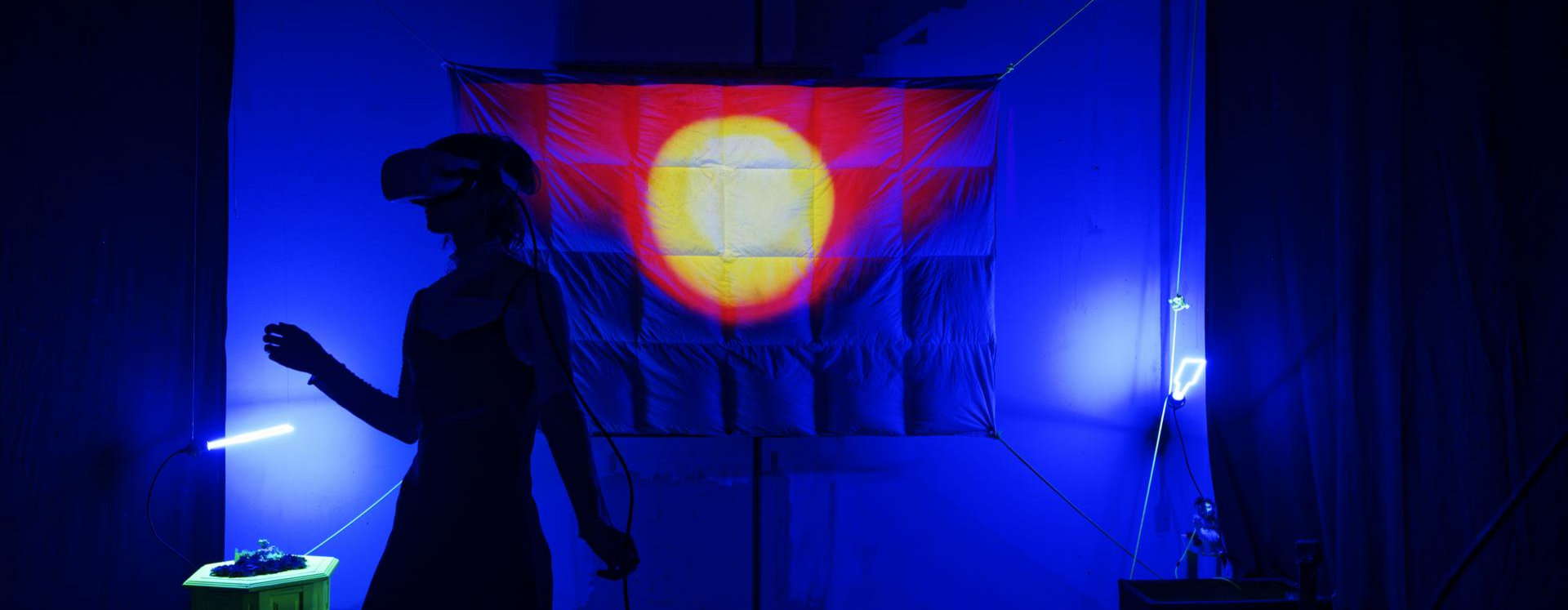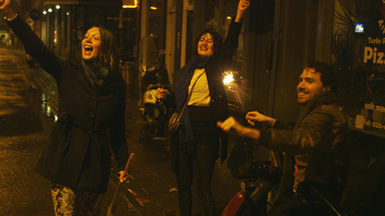Een dag in 't jaar (A Day)
"Since it’s time- and money consuming, the process of fiction filmmaking is often cumbersome. To generate some sort of certainty I found myself planning and fixing as much as I could. If the film is practically made in preproduction, the actual filming is like a fill-in exercise of what’s devised beforehand. How can I recover spontaneity in the process of filmmaking? What if thinking, shooting, rethinking and writing interweave? Not knowing how the film will develop, both on the level of narration
and production, means uncertainty and risk. But what will I gain using this approach to shooting?
Together with three actors and a small crew we started the project Een dag in ‘t jaar (A Day). For the period of a year we shot one scene every month.
At the beginning of the film the three characters/actors leave a New Year’s Eve party and start their journey through the city of Amsterdam, not knowing how their characters will develop during the year. Shooting two hours later during the day every month, not only a year but also a day passes during their walk.
Besides my need to investigate a new working method for fiction film making, I was interested in fictionalizing reality, and particularly in the role of the interpreter in this act of transformation. The process of collecting bits and pieces out of daily life in order to create my Noise of the day revealed the essential role of the interpreter. I realized: in order to actually ‘see’ the real, I’ll have to fictionalize. And in order to fictionalize the eye of the translator is crucial.
Using this frame for creating both my Noise of the day and the project Een dag in ‘t jaar (A Day), opened up new possibilities. For example in the way I used the idea of translating real life experiences of the actors while building their characters. Or in the case of using the ‘real world’ as our fiction film set.
Using this framework also changed the way I approached the creation of scenes inspired by daily life, and resulted in making the interpreter’s point of view explicit in the scene itself. This changing approach initiated the decision to add the point of view of the interpreter as a voice-over to the film. In other words: practice influencing theory, and vice versa."



